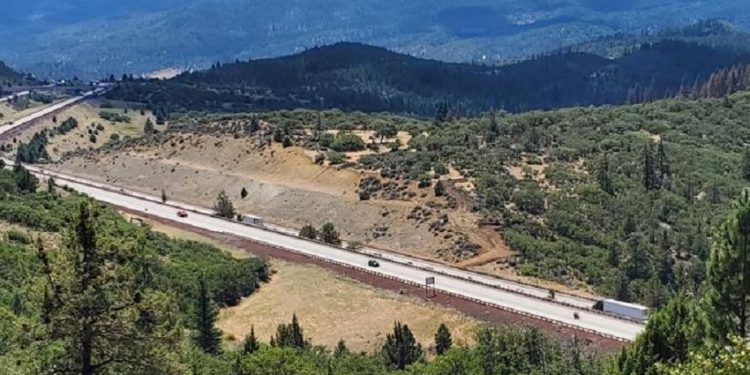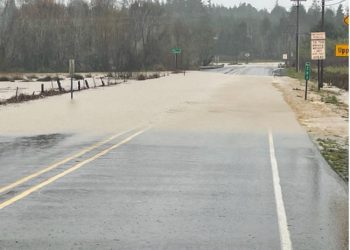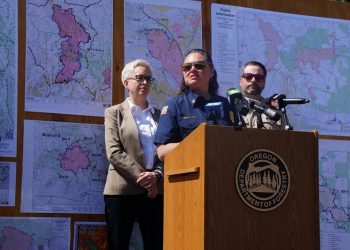Astoria, OR – The Oregon Department of Transportation (ODOT) has been awarded a $33 million federal grant to build the state’s first wildlife crossing overpass on I-5 in Southern Oregon. The project, aimed at reducing wildlife-vehicle collisions, will be located in a stretch of highway that spans nearly 1,400 miles from the Washington-Canada border to the California-Mexico border.
ODOT, which is contributing nearly $4 million in matching funds to the project, currently removes about 6,000 deer carcasses from Oregon roadways each year. The new overpass will not only aim to protect local wildlife but also save motorists significant costs. According to ODOT, a collision with a deer averages $9,000 in vehicle repairs, while a collision with an elk can cost up to $24,000.
Karen Mager, an associate professor of environmental science, policy, and sustainability at Southern Oregon University (SOU), has been leading a team of undergraduate students in documenting the wildlife that inhabits the area. Using camera traps, Mager and her team have gathered over a million images and videos of the diverse animals living in the Cascade-Siskiyou National Monument, located south of Ashland, near the California border.
The footage has provided critical insights into the local wildlife, which includes mountain lions, coyotes, bobcats, Pacific fishers, and even rare species such as the ringtail, a raccoon relative found at the northern edge of its range. This information was essential in identifying the optimal location for the wildlife overpass, which will be situated within the Mariposa Preserve of the monument.
The planned crossing will be a large, wide bridge designed to span both the north and southbound lanes of I-5. The bridge will feature natural elements, such as native vegetation, and high walls to help reduce the noise from traffic below while providing a safe passage for wildlife. In addition to the overpass, a couple of miles of fencing will be installed on either side of the highway to guide animals toward the crossing and prevent them from wandering onto the road. Special “jump-outs” will also be built into the fencing, allowing animals that accidentally end up on the highway to safely escape to the other side.
The construction of the wildlife overpass is expected to begin in early 2028. This initiative is part of a broader effort by ODOT to mitigate the risks posed by wildlife collisions, which continue to be a significant issue on Oregon’s highways. By creating a safer passage for animals, the project aims to protect both the state’s biodiversity and the safety of motorists.













